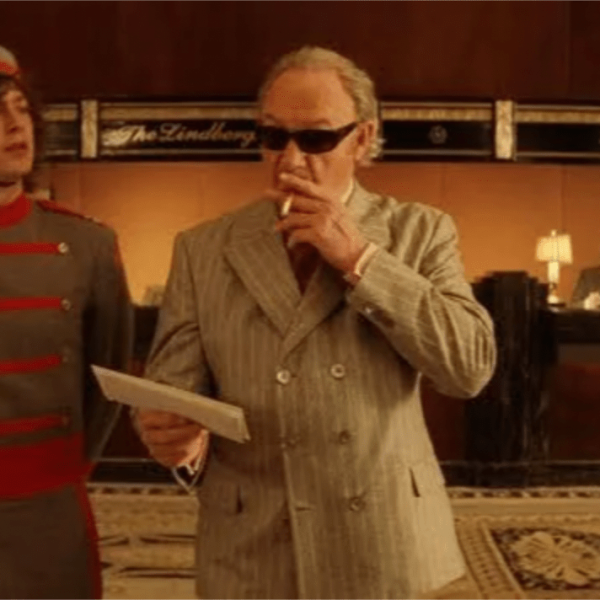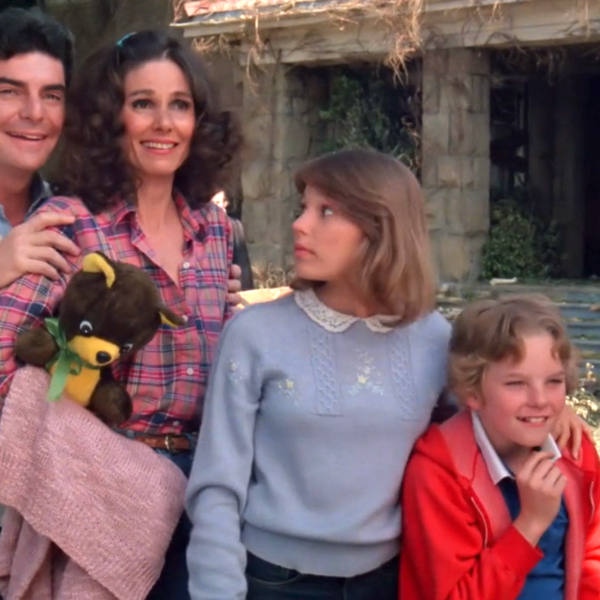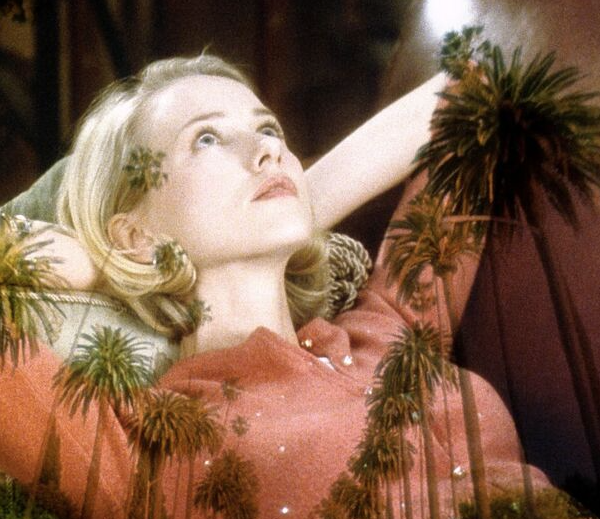What do John Cena and Bella Baxter have in common? At the 96th Academy Awards, both drew attention to the gender pay gap Hollywood costume designers have alleged for years.
On Oscars Sunday, “Poor Things” snagged 11 nominations and four wins. That included Best Costume Design for Holly Waddington and her vision of what a Franken-woman and her suitors would wear in Victorian England. Cena appeared as the category’s presenter — promoting “Ricky Stanicky” and/or his “Barbie” cameo? — in a nude illusion joke that was specifically designed to emphasize the importance of the craft.
“Jimmy Kimmel’s camp was sort of honoring everybody who went through the strike and us all getting back to work and being unified,” costume designer Katja Cahill told IndieWire of the night’s theme and Cena’s cheeky moment. “The idea was to make it funny, but also call attention to the importance and the meaning of the costume within it.”
Cahill is a costumer and stylist who has dressed countless celebrities for red carpets and worked as many televised awards shows; she first costumed the Oscars in 2008, aka the “Enchanted” year, and has gone back to the Dolby many times since.
Knowing comedians (and ABC’s standards and practices department), the designer described engineering Cena’s non-fit as “one for the books.” To effectively convey the message at the core of the joke — most tidily summed up by the Costume Designers Guild’s pay equity slogan, “You’re Naked Without Us!” — required Cahill to deliver both impressive ingenuity and an impeccable attention to detail.
“They’re just a little special elegant at the Oscars, they just always are,” she said. “You’re mindful of even leotard lines and things like that. So for this, I pulled every power mesh and dance belt and every intimacy kit product that’s available.”
Of course, those materials are made for sex scenes, not walking live across a stage visible to millions of people where a slip-up could mean catastrophic fines from the FCC. Cahill fittingly described the goal as a kind of “Ken Doll effect.” A cup might be too heavy and fall out, so the designer instead settled on a set of foam pads, tons of tape, some spirit gum, and a lace-front material with an assist from the make-up and hairstyling department.
“Costumes… they are so important,” Cena said, holding a large winner’s envelope in front of his metaphoric statuette. “Maybe the most important thing there is.”
The former WWE champion paraded around in the buff for a solid minute of airtime between the announcements for Best Production Design and Best Costume Design. Both went to Yorgos Lanthimos’ dark fantasy film.

Waddington accepted her Oscar from Cena — who was at that point wrapped up in a shiny stage curtain thanks to a hastily acted bit with Kimmel — shortly after production designers James Price and Shona Heath enjoyed their “Poor Things” victory. (Set decorator Zsuzsa Mihalek, who was also honored, was not present.)
If a movie wins Best Costume Design, then there’s a good chance it’s going to win Best Production Design. It doesn’t happen every year, but it happens a lot. That’s good news for the Costume Designers Guild (CDG) and its Pay Equity Steering Committee.
In January, the union launched its gender pay gap initiative, which argues that costume designers are compensated significantly less than production designers despite having comparable impacts on a production’s success. Because the craft of costume design has traditionally been seen as “women’s work,” the CDG claims that the undervaluing of its membership — which is 87 percent female — is a consequence of the nationwide gender pay gap.
According to the White House, women working full-time and year-round in 2024 are paid 84 cents on the dollar compared to men in the same employment situation. And per the CDG, costume designers are paid nearly 30 percent less than male-majority creative department heads when assuming a 60-hour work week. That’s despite doing much of the same prep and work while operating in similarly structured crews.
“It shows how close the communication is between production designers and costume designers — and how we have to be completely in step in order to completely create a new world from scratch,” Whitney Anne Adams told IndieWire of the Costume Design/Production Design Oscars trend.
Adams is one of the guild’s four pay equity committee chairs and part of maintaining the movement’s presence on Instagram. The CDG posted memes of Cena and his big ol’ COSTUME DESIGN card shortly after the “Poor Things” winner’s announcement. (It’s worth noting that the British Waddington is not in the CDG, which is based out of Los Angeles.)
“I absolutely loved seeing our #NakedWithoutUs campaign come to life with naked John Cena,” Adams said. “I mean, there was a costume designer involved in making his modesty wear and who picked his slides and who made that curtain dress. It just goes to show, even if someone’s naked, they still have a designer behind that performance.”
Represented by the International Alliance of Theatrical Stage Employees, the CDG returns to the bargaining table opposite the Alliance of Motion Picture and Television Producers on March 18. (The AMPTP did not comment to IndieWire for this story.) They’ll continue negotiations about costume designers’ basic pay scale rate and other matters as various craftspeople converge on the next phase in Hollywood’s ongoing reckoning with a broken compensation system.
Cahill says the upheaval has been a fraught process, kicked off by the SAG-AFTRA and WGA strikes last year and crystallized in watching friends and colleagues lose homes. Still, the show-stealing illusionist, who complimented Cena as a good sport and sweet professional, is not without hope.
“I hope that the unification across the board, but especially at the Oscars, will show the guild that they are supported in going in and fighting the good fight to get our contracts to a fairer place,” she said. “I also have faith in the system that Hollywood will better recognize the importance of costume designers.”





